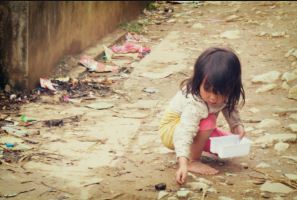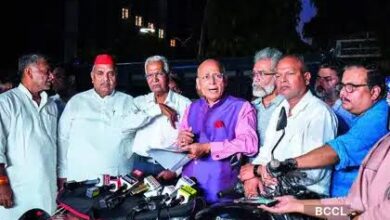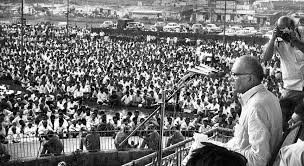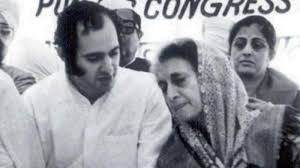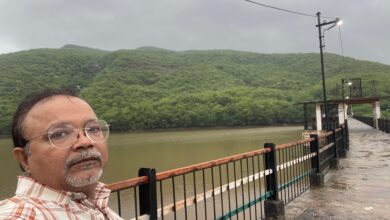Can India afford to remain complacent after abysmal Global Hunger Index ranking?
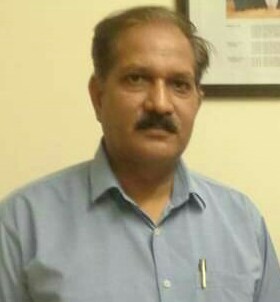
India after abysmal Global Hunger Index ranking can no longer afford to remain complacent. It will have to catch up fast to eradicate hunger seriously and implement poverty alleviation measures effectively. The term hunger has directly or indirectly hit the national and international headlines recently. First, when the Nobel Peace Prize was awarded to World Food Program (WFP) of United Nations. And second, when the Global Hunger Index was announced.
However, for the world, the announcement of Nobel Peace Prize to WFP was an eye opener. It was reminder that how important it is for the countries to fight hunger and how the countries of the world should compete with each other in eliminating poverty. But for India, the above announcements have got serious connotations which India cannot afford to be content in its fight against poverty.
As per the latest Global Hunger Index 2020, the rank of India is 94 among 107 nations in the Global Hunger Index (GHI) 2020 which means the country is in the “serious’ hunger” category. In 1019, India’s rank was 102 out of 117 countries. The Global Hunger Index Data has revealed that 14 per cent of India’s population was undernourished. Surprisingly, India also recorded a 37.4 per cent stunting rate among children under the age of five and a wasting rate of 17.3 per cent.
Is it not alarming and painful to note that countries like Bangladesh, Myanmar and Pakistan are better placed than India in the Global Hunger Index ranking 2020. The ranking of India may surprise one and all, because in the past 7 to 8 months during the pandemic, India provided free ration to about 80 crore poor people. During these period foodgrains worth about Rs 1.5 lakh crores was distributed to poor people. Notably, India has managed to pull out 27.1 crore people out of poverty from the year 2005-06 to 2015-16 but despite that it still accounts for 28 percent of the 1.3 billion poor globally.
The big question: Will Nobel Peace Prize to WFP encourage India to expedite its existing poverty alleviation programs? Will India find out innovative ways and means to implement poverty alleviation programs and try to eradicate hunger in the remarkable way we had earlier eradicated polio? Apart from all others policies and measures in place, it is the sensitivity in our drive that can make our initiative for any cause meaningful and effective.
According to Amitabh Behar, Chief Executive Officer of Oxfam India who currently serves as the Vice-Chair of the Board of CIVICUS — a global alliance of civil society organisations and activists dedicated to strengthening citizen action and civil society across the globe, “Hunger is a massive scandal that we as humanity have chose to live with without any real moral outrage. The Covid crisis is only accentuating hunger across countries, regions and continents. At this time the decision of the Nobel committee to award the award to World Food Program is a good step in the right direction. Hopefully, it will bring much greater global attention to the question of hunger. May be the Nobel committee should have gone further by also recognising people’s struggles and strategies for coping with hunger.”
“However, the real question that all of us need to address goes beyond the charity of providing food to hungry. Why when billionaires continue to become richer and richer, do we continue with such levels of poverty that people have to sleep hungry. We need to address this systemic inequality which makes top one percent of the population richer and perpetuates hunger for a large majority of our sisters and brothers,” said CEO of Oxfam India.
“The Nobel Prize to the World Food Program is an acknowledgement of one of the most critical multilateral organisations that has worked against all odds across regions and across continents. Post COVID, the world is going to see an increase in hunger that is unprecedented. Across the world, millions of people are getting impoverished and pushed into greater hunger. India is home to the world’s largest population on malnourished children. Our children(and the girl child in particular) and women, 21 million of who are pregnant will bear the brunt of this calamity more than others,” said Dr Amir Ullah Khan, who is a Development Economist and served as Deputy Director and policy advisor to the Bill and Melinda Gates Foundation
“What is indeed tragic is that the pandemic will erase a large portion of the gains made in the past, ever since the world and India became aware of the malnutrition problem. Over the last fifteen years, there has been a steady decline in these numbers. The mid-day Meal Scheme, the National Health Mission, MNREGA, increased outlays for ICDS, the rise of women’s groups, SHGs and a decisive movement by the government towards setting up the POSHAN Abhiyan has shown clear improvements. On an average, 21 per cent children in India suffer from wasting syndrome. Only three countries in the world have wasting above 20 per cent – Djibouti, Sri Lanka, and South Sudan. The other concern is that in a gender unfriendly society, women account for 60 percent of India’s hungry population. Girls are fed poorly, treated badly and often are denied food that is first served to their male siblings in patriarchal societies like ours,” he said.
Dr Amir Ullah added,” “With the WFP being recognized for its efforts and getting the Nobel Prize, there is indeed hope that policy will now re-focus on nutrition, across the world. A number of initiatives have been taken by multilateral agencies like the WFP and by various countries. These steps that are being taken will indeed get a fillip.”
“In my opinion, this will bring the issue of hunger more in the limelight, particularly in the developed world and build a larger momentum to work towards reducing the same, said,” Sankarshan Basu, professor at IIM Bangalore, who had studied from London School of Economics and Social Science.

